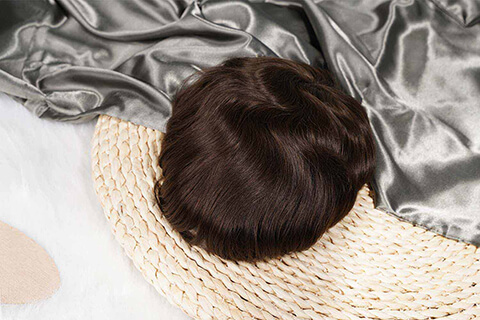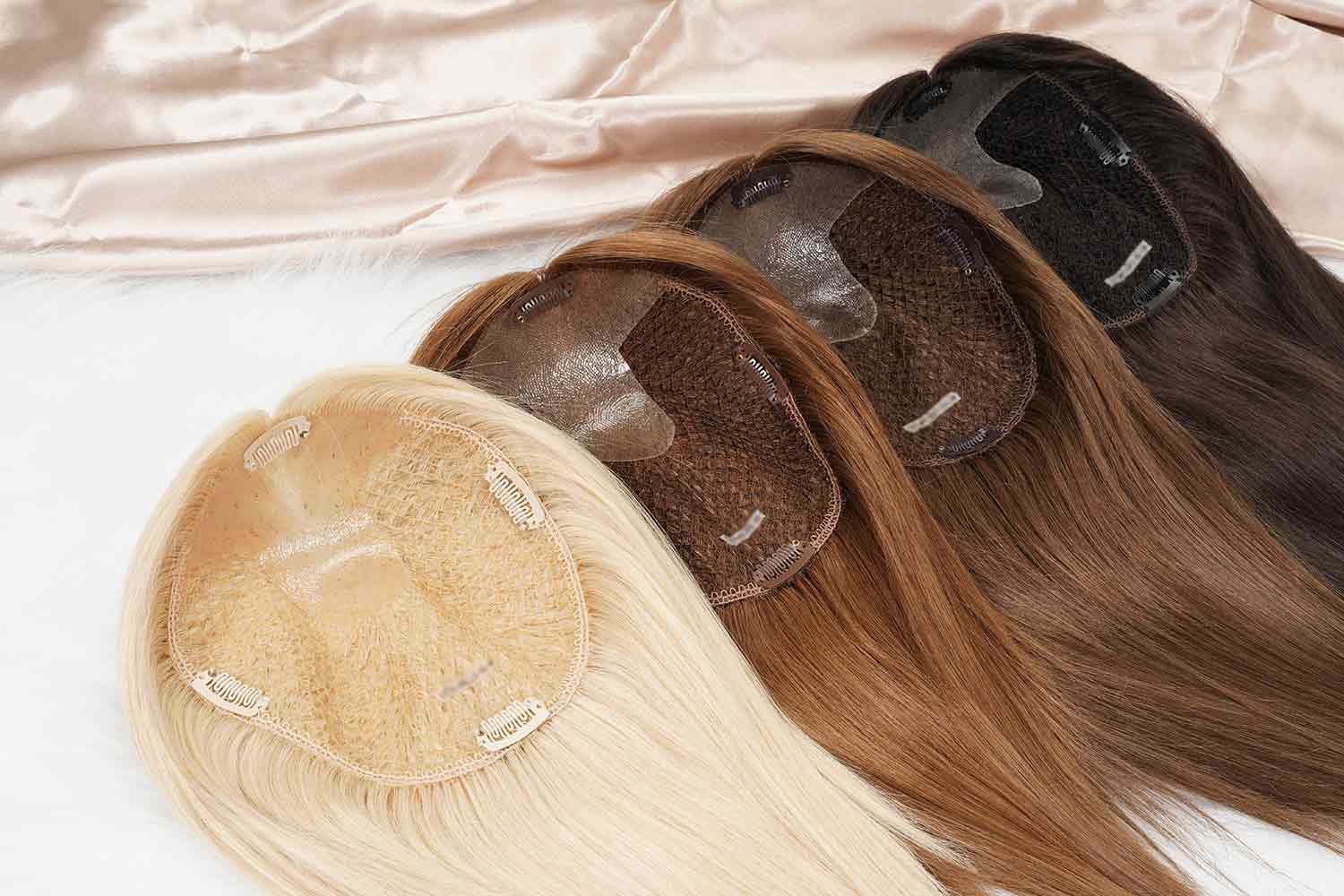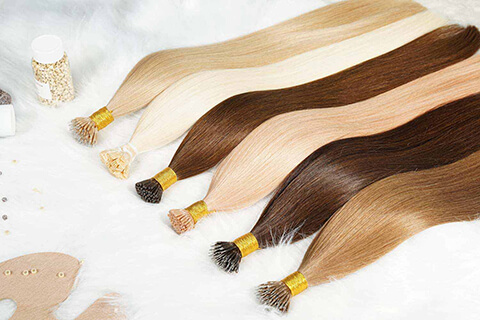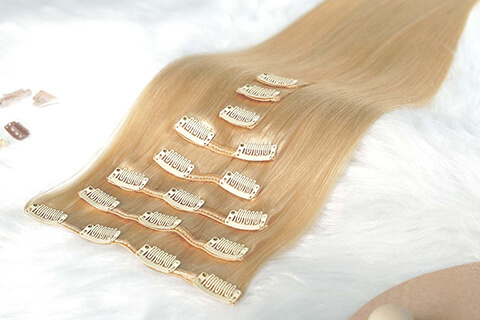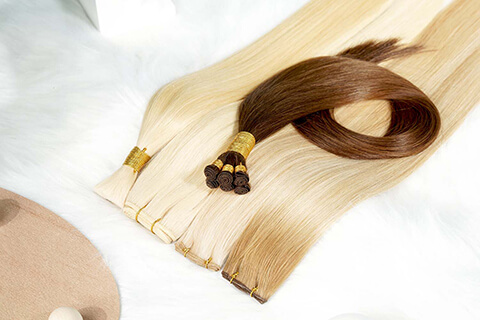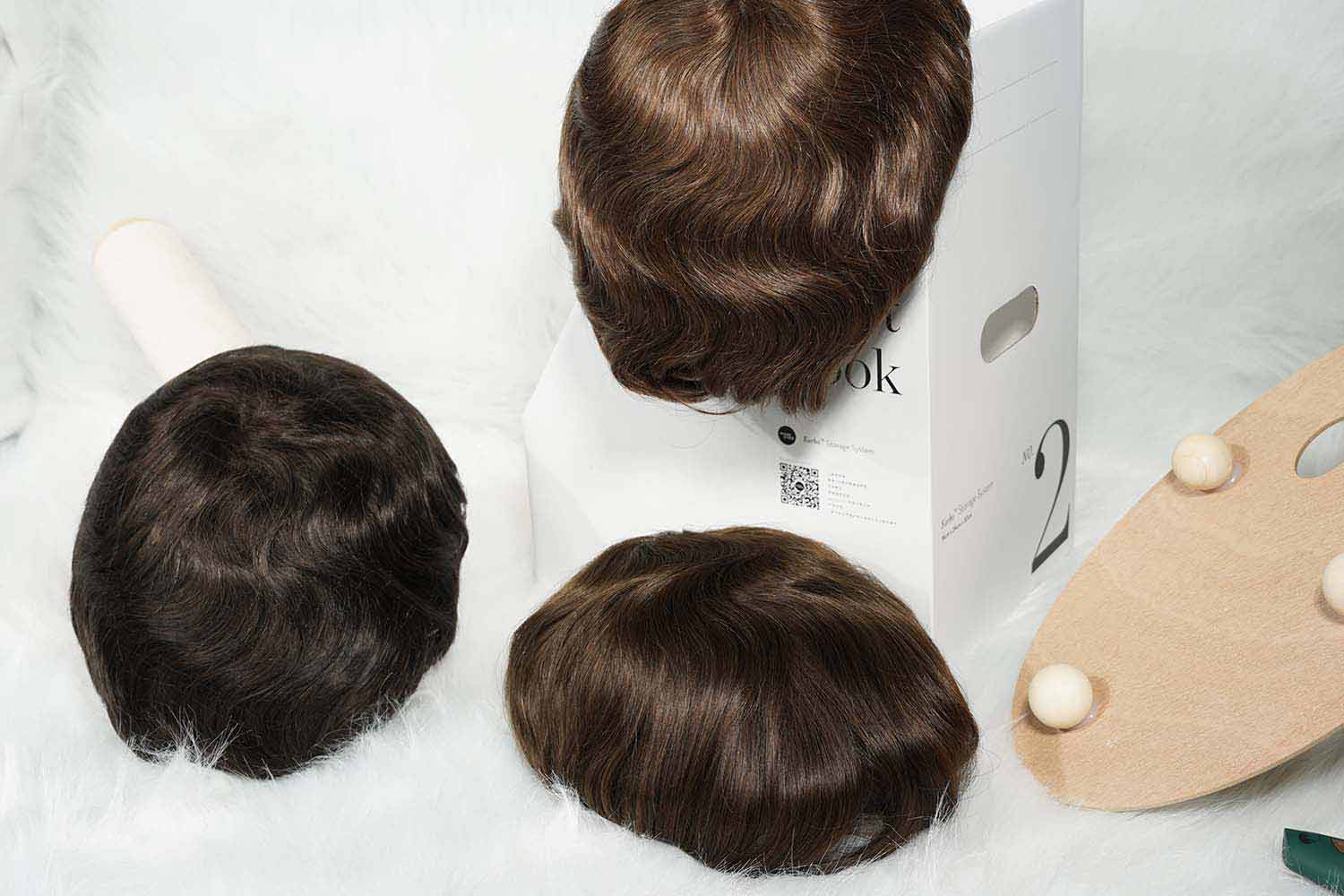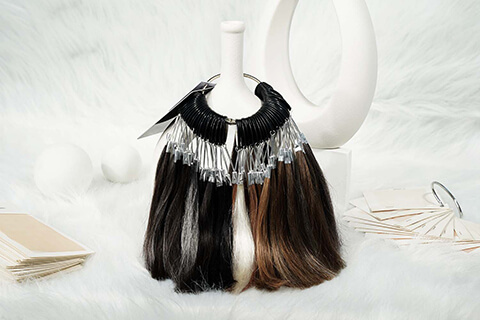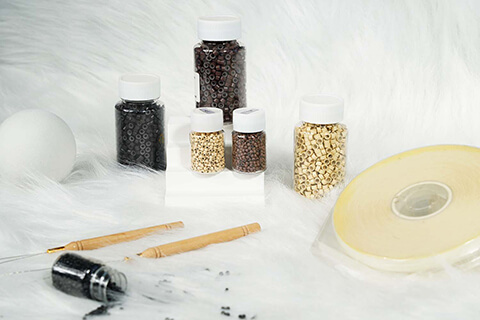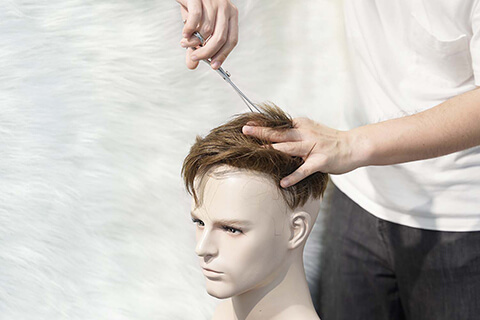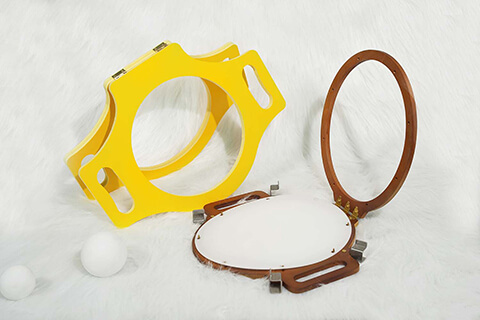Have you ever wondered how hair replacement systems appear so natural as if the hair is growing from the scalp?
Well, the simple secret for this is called the hair ventilation technique. The hair ventilation technique installs hair strands into a hair system. Hair ventilation can be done on lace, mono, or skin systems.
If you want a natural-looking hair system that will seamlessly blend with your natural hair, then it is good you understand the hair ventilation technique used in the hair system. The type of hair ventilation technique used in a hair system affects its appearance and longevity.
So, in choosing a great hair replacement system, you should opt for one with the right hair ventilation technique that works well with your natural hair.
You don’t know anything about hair ventilation techniques? Don’t worry, we will give you all the information you need to make the best hair decisions in this article. You learn about different types of ventilating knots for hair systems.
7 Types of Ventilation Knots for Hair Systems
When strands of hair are installed on a hair system, it usually requires knotting to secure these hair strands to the hair system. You may not notice the knot because hair strands are tiny. The type of knot used while ventilating a hair system largely affects its appearance.
Knotting is a common hair ventilation technique mostly used on lace hair systems. This technique is done by tying hair strands around a mesh fabric in tiny almost invisible knots. The knots are tied in a variety of ways, let’s check them out.
1. Single Flat Knot
The single flat knot is the best hair-ventilating knot for hairstyle flexibility. The great thing about the single knot is that it lays flat on the hair system and gives a very natural look without the obvious revelation of tiny dark knots.
Single flat knots are mostly used around the sides and temple area of a lace hair system for a more natural appearance. Using single flat knots on an entire hair system may not be durable as frequent brushing/combing can pull out the hair since the knots are not so secure (especially for lace systems).
2. Double Flat Knot
The double flat knot is similar to the single flat knot. The difference is that the hair strand is tied twice through the mesh fabric. This hair ventilation knot method is the most secure and durable, but not the most natural-looking. That is because the double knot secures the hair strands better, but makes for bigger and more obvious knots.
This knot ventilation method is ideal for ventilating hair around the back and center (these are areas prone to more tension from brushing). Double falt knots work well with thick and long hair strands.
3. Single Split Knot
The single split knot is like the single flat knot. That is because you make one loop/tie with the hair strands. The major difference between the single flat knot and the single split knot is the direction of the hair strands.
For example, when ventilating hair using the single flat knot method, the hair strand is pulled and tied in one direction to form a single knot. This allows for more styling flexibility, as you can move the hair in any direction since the two strands are together.
That’s not the case for the single split knot. For the single split knot, the knotted hair strands are pulled out in different directions from a single knot. This type of knot is best for specific hair directions, it is best to use this technique for areas around the back/ear lines.
4. New Single Split Knot
The new single split knot is a knot ventilation method that utilizes the single split knot method to install hair strands to a base.
In this method, a strand of hair is split into sections and then tied separately to the base. It creates a more natural look compared to the single and double flat knot. The new single split method creates more room for the direction and angle of the hair. The direction and angle of hair strands on a hair system are what create a natural flow of individual strands and a better appearance.
That said, the new single split knot technique in hair ventilation is a method that enhances the natural feel of hair systems, making them look more seamless.
5. Double Split Knot
The double split knot is the most durable of all knots. That is because the hair strands are secured twice and then split into two sections. This allows for a stronger hold and a more flexible hair direction.
Using the double split knots, the hair can be combed in different directions, which allows for more styling options. The double split knots are bigger than the single knot, but less obvious than the double flat knot.
This knot technique is great for installing hair strands around the middle and back of the hair system for a stronger hold. If you want a hairpiece with a stronger hold, but less visible knots, then the double split knot it is.
6. Bleached Knot
Bleach knot is a technique that involves using chemicals to bleach the knots of a hair system. This is done to give the illusion of no knots, it makes the hair strands appear like they are coming right from the scalp.
The knot is bleached using a lighter color than the remaining parts of the strands, This makes it look more realistic. That is because bleaching minimizes the perky look of knots on hairpieces.
Bleaching can be done using any knot ventilation technique. A single flat knot, single split knot, double flat knot, double split knot, etc. can all be bleached to achieve the same effect. The downside to bleaching knots is the effects of chemicals on the hair strands.
Bleaching the knots can make the hair around that area less durable and more prone to shedding since chemicals weaken hair strands.
7. Injected Knots
The injected knots technique works differently from other ventilating knot techniques. In this method, a special injection needle is used to inject hair strands into the hair system. This hair ventilation method is commonly used for poly hair bases.
For this method, the hair strand is injected into the base using a special needle and then flipped over to clip off excess hair before applying glue to secure the knots. The advantage of this knotting method is less hair tangle.
Since this method doesn’t involve tying hair strands, it will give a finer appearance as the hair will be less prone to tangle, especially at the base.
There are two ways of using the injected knots hair ventilation methods, which are:
a. Normal/Flat Injected knots
The flat injected knot is the injected knot technique where the knots are injected into the base at a specific angle (usually an acute angle). That means the hair strands are injected into the base in a specific direction.
This allows the hair strands to all lay flat in that direction. The limitation of this method is that the hair can’t be combed in any direction, which may, in turn, affect the appearance of the hairpiece.
This method is not suitable for certain areas of the hairpiece but works well for areas around the side of the hairline.
b. Lifted Injected knots
The lifted injected knots utilize the same process as the flat injected knots. The difference is the direction in which the hair strands were injected. While the hair strands in the flat injected knots are injected at an acute angle (side-lying fashion), the lifted injected knots are done perpendicularly (as in a right angle).
Since the hair strands are injected perpendicular to the base straight from the top, the hair strands can move in any direction. Hairpieces ventilated using this method allow the wearer to comb them in any direction without losing the natural appeal.
Conclusion
The hair ventilation process of a hairpiece greatly affects its general appearance. While some hair ventilation knot techniques work better with certain hair textures, the quality of hair strands affects how a hairpiece will turn out.
High-quality hair will make for an easy hair ventilation process and overall better appearance. So, when choosing your preferred hairpiece, always choose one made from high-quality human hair strands. These types of hair systems will blend seamlessly with your natural hair, and also last longer too.
Not sure where to find these high-quality human hairpieces? Look no further, Bono Hair has got you covered. With Bono Hair, you can choose from a wide range of hairpieces to suit your needs (whether you want a toupee or a full wig).
Do you have any questions? Do let us know.








